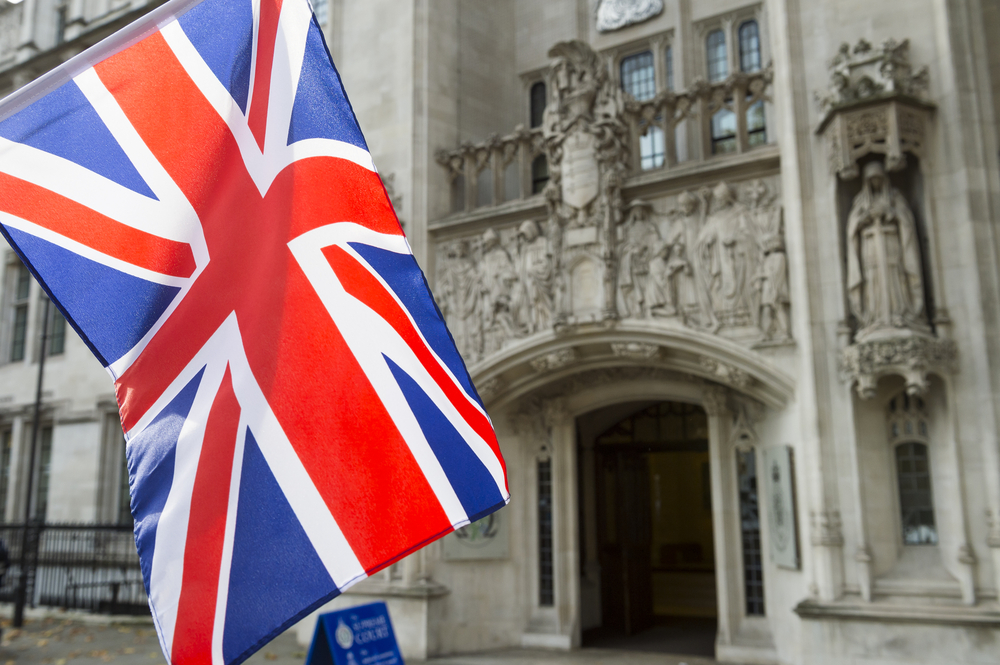
In the case of X & Anor v. B & Anor [2022] EWFC 129, a U.K. Court ruled on an unconventional parenting arrangement in which the two applicants, who were not in a romantic relationship, had a child via gestational surrogacy.
Mr. X was married to and lived with Mrs. X. However, he and Mr. Y spent a lot of time together in a loving, platonic relationship and were committed to co-parenting the child in question, G. The applicants, Mr. X and Mr. Y thus sought an order declaring them the parents of three-year-old G.
Court cases granting parentage orders in “unconventional” or diverse family structures that challenge legal and societal norms are emerging in various jurisdictions, including here in British Columbia. We analyzed one such local case in our previous article, “Polyamory and Parent Status: BC Court Declares Parentage Order for a Third Parent in Polyamorous Triad”. These judgments will influence how Canadian law could take shape and how Canadian courts may grant parentage orders in the future.
Background
Mr. X and Mr. Y, both born in the United States, met when Mr. X and his wife separated for six months. During that time, Mr. X and Mr. Y had a brief intimate relationship, and afterward remained friends and formed a close and loving bond.
Mr. X and Mr. Y desired to have children and decided to undertake a surrogacy arrangement with the support of Mr. X’s wife.
Mr. Y’s sister acted as the gestational surrogate, and Mr. X’s niece donated her eggs. The procedures and the birth occurred in the U.S., with Mr. Y present and Mr. X video calling in from the U.K. Mr. X subsequently met G in person two weeks later. Because Mr. X and Mr. Y had not obtained a pre-birth order in the state where G was born, only Mr. Y’s name was on the U.S. birth certificate.
After G had been born, Mr. Y was seen as his primary caregiver so that Mr. X could work and provide the financial support required. Both men would co-parent and make decisions about G’s daily and longer-term care. G had also spent time with Mr. X and Mr. Y, both together and separately, in their respective homes in different jurisdictions. While this was the case, Mr. Y was planning on moving to the U.K. so G could start school and live between their two homes. The applicants sought a parentage order to name them as G’s parents.
Human Fertilization and Embryology Act 2008
The Court began by analyzing whether the criteria met s. 54 of the Human Fertilisation and Embryology Act (HFEA) before granting a parental order. The Court found that some of the requirements had already been met, but other criteria required more analysis, including:
- Whether the partners were living as partners in an enduring family relationship;
- Whether the court should permit the application to proceed as it was made more than six months after G’s birth;
- Whether G had his home with the applicants at the time the application was made, and when the court was considering making a parentage order; and
- Whether making the parentage order would safeguard G’s lifelong welfare.
Parentage Order
For the applicants to be considered partners in an enduring family relationship, three requirements would need to be met:
- The applicants were ‘living as partners’,
- They must have been in a ‘family relationship’, and
- The relationship had been ‘enduring’.
The Court considered that the applicants did not have to live together to be ‘living as partners’. It also considered that there were no requirements for the applicants to be in an intimate relationship or could not be married to someone else at the time.
The evidence demonstrated that the decision to have G was a joint decision of the applicants based on the nature and strength of their relationship, paired with their shared desire to co-parent. The Court stated that it “does and should have the capacity to recognize new and diverse family structures.” It also considered the applicants’ actions before and after G’s birth and that G referred to them as ‘Daddy’ and ‘Papa’. These facts further enforced the Court’s decision to recognize the applicants’ relationship as a partnership.
In determining whether Mr. X and Mr. Y had a ‘family relationship’, the Court examined the evidence, including how the applicants had known each other for years and now had a committed and loving relationship. Although the relationship and living situations had been unconventional, the Court also found that the relationship had been ‘enduring’ because Mr. X and Mr. Y had known each other for 15 years and had an established and loving relationship. While Mr. X was arguably in two relationships that could meet the definition of ‘living as partners in an enduring family relationship’, the Court stated that there was no requirement that any relationships under this definition need to be exclusive. However, it may be a relevant factor to take into account.
The Court also acknowledged that G had been living between the two applicants separately and together at certain times. Those were the only homes that G had known.
With the HFEA s. 54 requirements having been met, the Court finally considered whether G’s lifelong welfare needs would be met by the Court making a parental order.
A psychologist’s report prepared for the Court noted that G had developed a secure attachment to Mr. X and Mr. Y, as well as Mrs. X and that shared care should remain in place. The report further stated that Mr. X and Mr. Y met the requirements of providing G with a nurturing, stable, and safe environment where his physical and emotional needs were met, along with giving unconditional love and acceptance with clear and consistent parental boundaries.
Conclusion
In the circumstances, the Court made the parentage order, stating that it would secure G’s lifelong welfare needs by conferring joint and equal legal parenthood upon Mr. X and Mr. Y, who have always been seen by G as his parents.
Changing attitudes towards parenting arrangements have led to a broader acceptance of diverse family structures and lifestyles. Courts are becoming more aware of and willing to accept so-called “unconventional” family structures.
While the law in Canada is governed by different rules than in the U.K., the “best interests of the child” are an influential consideration in Canada, similar to the “lifelong welfare of the child” in the U.K. This means that families in similar circumstances as Mr. X, Mr. Y, and G in Canada may also be successful in gaining legal recognition of their family status.
If you are facing a similar situation involving parentage in unconventional families or surrogacy arrangements, please get in touch with our Family Law team who will be happy to answer your questions.


